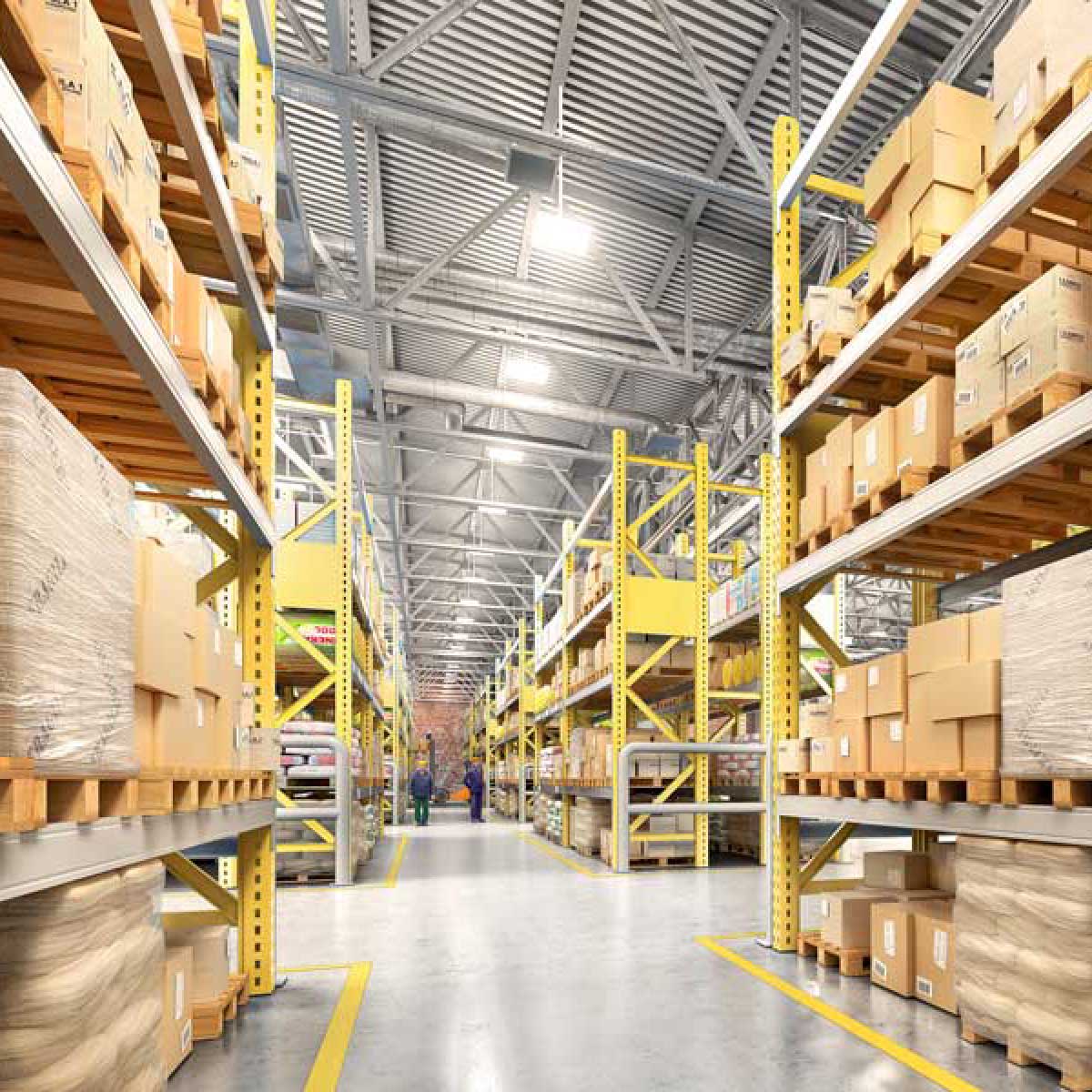This website uses cookies so that we can provide you with the best user experience possible. Cookie information is stored in your browser and performs functions such as recognising you when you return to our website and helping our team to understand which sections of the website you find most interesting and useful.
The “New Normal” Continues in the Manufacturing Industry: A Roundtable Recap

This article is based on a recent conversation I had with leading manufacturers in the Midwest during a roundtable discussion.
Workspace changes, remote work cyber risks, sanitation protocols – it’s a lot for manufacturers in 2020. As employees’ children return to school or a combined version of school and e-learning and onsite safety regulations increase, manufacturers are left feeling more uncertain to the future of their industry. Manufacturers are no stranger to the effects of the pandemic and all it’s done to change the current workplace environment. And the reality is: the industry is not likely to return to pre-COVID-19 business as usual.
Cybersecurity is a top concern amongst manufacturers
With most internal or office staff working from home due to safety reasons, cybersecurity risks are at an all-time high. Home networks don’t provide the same level of security that facility or office spaces do, and as a result, manufacturing leaders may experience more phishing attempts and breach attacks. To minimize risk, employers are implementing multi-device security measures, performing phishing exercises on employees, seeking cyber audits from external professionals and investing in cybersecurity insurance policies. Most business owners are pleasantly surprised to find that preventative cyber solutions are reasonably priced and save time and resources – versus having to address a cyber incident after it becomes a problem.
Especially for staff dealing with confidential client information, employee paychecks and other sensitive data, the risk of a cyber hack are too high not to start looking into protection before an issue occurs.
By implementing strict precautions, employees are relieved to work in clean, safe environments
Manufacturing leaders were some of the first business owners to execute detailed, stringent safety protocol, since shop floor and warehouse employees couldn’t work from home 100 percent of the time. By mandating face coverings, temperature checks upon building entrance, disinfection stations and plexiglass safety barriers, they streamlined their processes and enabled their employees to efficiently report to their jobs. Continued preventative measures include strict visitor policies, monitoring the out-of-state travel of employees, floor layout and seating changes and, most importantly, communication with employees that emphasizes the priority of their health and reassurance that they should not come into work if they feel sick.
With that, many manufacturing business owners have extended paid time-off policies and sick leave, allowing employees the time to recover and not worry about taking time off due to illness. Employees that can work from home, such as those in human resources, payroll or accounting, are provided sufficient arrangements to effectively perform their jobs from home.
These strict implementations actually come as huge reliefs to employees, as they know their workspace is as healthy of an environment as possible.
Manufacturing leaders are more flexible, as uncertainty regarding school openings and more arises
Entering the back-to-school months, some classrooms are open regular hours, but most are encouraging a hybrid of virtual learning and less frequent in-person education. This leaves manufacturing employees, who must report to a facility, with the challenges of balancing having young children at home during the workweek and having to show up onsite. Fortunately, leaders in the industry are understanding of these extenuating circumstances, and most are implementing flexible work schedules (coming in early or working a night shift) as appropriate. Even on a temporary basis, employers are allowing staff to work part-time with benefits, so long as their insurance supports this.
Employee benefits may see significant changes
Because of the critical impact of the pandemic on our economy and health system, employee benefit offerings are likely to see major changes. Toward the end of each year, employers revisit their healthcare benefit offerings, and employees decide which plans and rates best match their needs. With no clear vision of what 2021 may hold, employers are tasked with finding the best insurance program for their company and employees, while also minding costs. The increased demand for COVID-19 testing, telehealth programs and more are likely to directly affect health insurance prices. While rising health costs may not be ideal, manufacturing employers can stay competitive in the industry by offering leniency in scheduling and sick leave, as mentioned above.
As an industry of adaptability and evolution, manufacturers will land on top after the lingering effects of this pandemic subside. For more information on the above findings and to start preparing your business for 2021, please contact our team.
This publication contains general information only and Sikich is not, by means of this publication, rendering accounting, business, financial, investment, legal, tax, or any other professional advice or services. This publication is not a substitute for such professional advice or services, nor should you use it as a basis for any decision, action or omission that may affect you or your business. Before making any decision, taking any action or omitting an action that may affect you or your business, you should consult a qualified professional advisor. In addition, this publication may contain certain content generated by an artificial intelligence (AI) language model. You acknowledge that Sikich shall not be responsible for any loss sustained by you or any person who relies on this publication.




